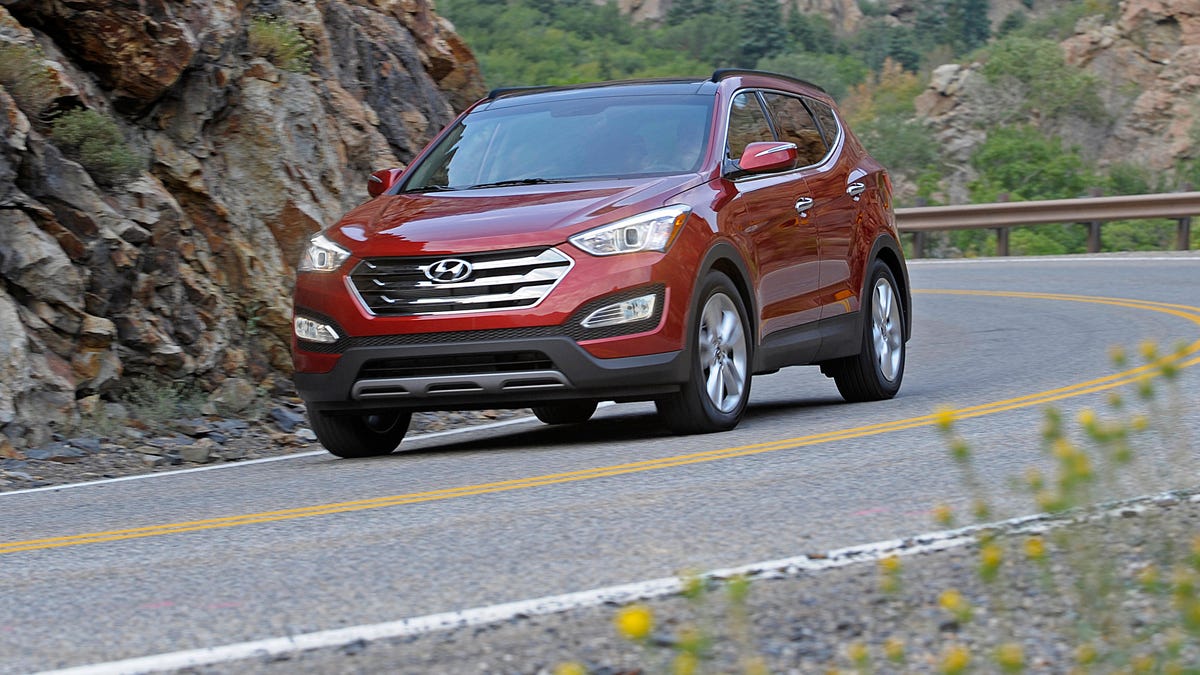Hyundai adds 100,000 cars to Kia's engine-fire recall
The two automakers also have an unrelated software update to send out.

On Wednesday, Kia announced that it was recalling a batch of 68,000 vehicles for a second time over fire concerns. Now, its sister brand is getting in on the action.
Hyundai has issued a recall for approximately 100,000 examples of the 2011-2014 Hyundai Sonata and 2013-2014 Hyundai Santa Fe Sport . These vehicles were part of an earlier recall that resulted in having their engines replaced.
The purpose of the recall is to inspect and possible replace the high-pressure fuel tube connected to the engine. During the first engine replacement, the tube may not have been properly installed or torqued. If that's the case, it could spring a fuel leak that, in the presence of heat, could lead to an engine fire.
The fuel leak might not be noticed until it's too late, so if you receive this notification in the mail, take heed.
Once the recalled vehicles return to dealers, technicians will inspect the high-pressure fuel tube and, if necessary, replace it in the correct manner as laid out by the factory.
Both automakers also have a "product improvement campaign" that cover a much larger number of vehicles. Hyundai's campaign covers 2 million examples of the 2011-2018 Sonata and the 2013-2018 Santa Fe Sport, while Kia's covers 1.6 million examples of the 2011-2018 Optima , 2012-2018 Sorento and 2011-2018 Sportage .
The campaign involves a software update for the engine control unit. It adds a Knock Sensor Detection System that can monitor for vibrations in the engine that could preview engine failure (connecting rod bearing wear, specifically). If those vibrations are detected, the software will blink the check-engine light and put the vehicle into a low-power "limp" mode, ideally preventing the damage from getting any worse.
The knock system is just a software update, so it won't take very long. As part of the campaign, Hyundai and Kia will also extend their warranties for people covered in this campaign.
Recalls: Stay up to date on everything related to recalls.
Hyundai Kona Electric: Tired of the internal combustion engine yet?

